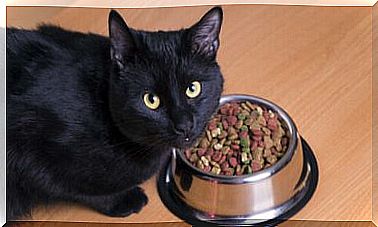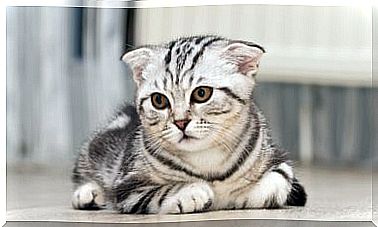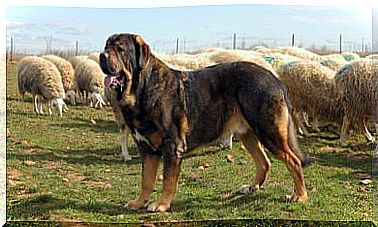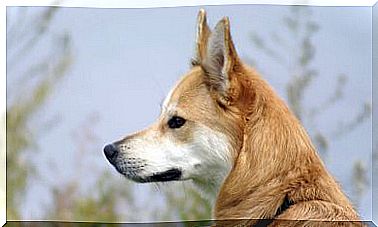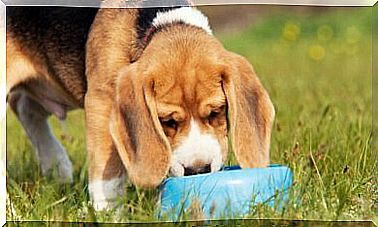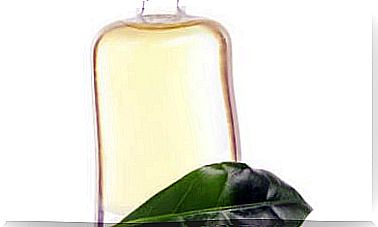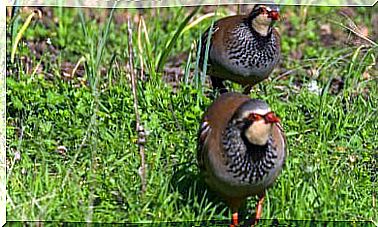State Of Plumage And Molt In Parrots
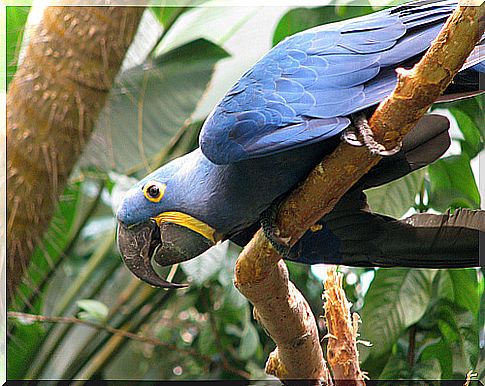
The molting in parrots and the state of their plumage are the great indicators of the health of parrots and many other species. It could be said that feathers detect diseases and, therefore, it is convenient to be attentive to whether the molt is correct or to the color and condition of the feathers, as we can prevent diseases or correct errors in the feeding of parrots.
A molt in normal parrots
Normally, birds make a cyclical change of their feathers known as molting. This process is physiological, and in it the old feathers gradually fall, which are renewed by the new growth ones. Usually, the moult in parrots is carried out completely every one or two years and is especially accentuated in spring and autumn.
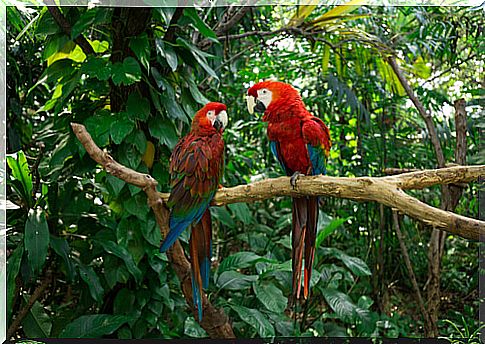
The ideal parrot molt never leaves skin lesions or uncovered areas; however, when the feathers fall, the canyons and growing feathers are better visible, which should be abundant. The new feathers will be the color of the rest of the bird’s plumage; and we will only see color changes in the first molt of some species such as parakeets or nymphs, which acquire their final color after the first molt.
Stress bands and depigmentation
One of the main anomalies moulting birds are bands of stress, some marks that appear as one, almost black, dark band with a translucent character. Like the rings of a tree, their distance places us in time processes of chronic stress or deficiency problems.
Although they can be mistaken for stress bands, the feathers can undergo depigmentation, which will also appear dark in appearance, but will extend over much of the feather and will not be band-shaped. In this case, it is not associated with stress, but it is associated with poor diet or insufficient sunlight. Faced with these chronic problems, we must contact an exotic animal veterinarian to review the diet of our bird.
Other plumage problems
There are infectious diseases that affect plumage, such as beak and feather disease. This disease is caused by a virus and, in addition to general symptoms such as diarrhea, lethargy and vomiting, it can affect plumage. Feather fall, discoloration or even the appearance of abnormal colors (yellow feathers in greenish plumage, for example) are some of its symptoms.

For its part, broken feathers are usually due to poor handling, fights between parrots housed in the same enclosure or the use of small cages that do not allow the animals to move freely.
The appearance of bald spots is also frequent in parrots and, in fact, pecking is one of the most dangerous processes in birds. Depression in parrots is one of the main causes of feather plucking, although it can be a consequence of trying to attract attention, due to the presence of mites or other processes.
In this sense, the variety of causes of pecking is enormous; thus, the reason behind this self-mutilation behavior is usually due to several factors, and in many cases it requires the intervention of a veterinarian specialized in the ethology of these animals, or a parrot trainer.
In general, animals that are in a good facility, accompanied by other parrots and with a good diet do not usually develop plumage problems. Ensuring this will allow us to have healthy and happy parrots.
It might interest you …
Main image source: José María Mateos
